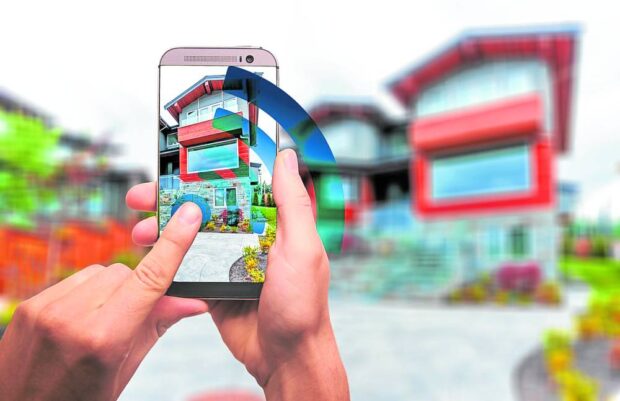The rise of smart homes and condos—a trend, not a fad

The rapid pace of technological innovation is one of the main forces behind the smart home and condo revolution. For smart homes devices and apps that focus on convenience, security, mental health and community will certainly be welcomed
Smart houses and condos have seen a striking increase in popularity in recent years. This growing trend is not solely driven by technological advancements and the latest generation of smart devices, but also by changing lifestyles, environmental concerns, and a desire for convenience and security.
Technological change
The rapid pace of technological innovation is one of the main forces behind the smart home and condo revolution. Homeowners may now remotely control and monitor a variety of features of their houses thanks to the convergence of artificial intelligence (AI), the Internet of Things (IoT), and home automation.
The idea of an “online” dwelling is now more readily accepted by homeowners thanks to the accessibility and affordability of smart gadgets like thermostats, lights, security cameras, and voice-activated assistants.
For instance, the Google Home and Amazon Echo devices have grown in popularity as the main hubs for managing smart home appliances. Users may order groceries, play music, and set their thermostats using voice commands.
Security and safety
For homeowners, security is of utmost importance, and smart technology has completely changed how we safeguard our homes and loved ones. Homeowners can receive real-time monitoring and alerts from smart security systems with features like video doorbells, motion sensors, and facial recognition technologies.
Users’ sense of security is increased by being able to browse live video feeds and receive notifications on their smartphones. And let’s not forget the fun and convenience of checking in on your pet at any time of the day!
To protect common places, communities and condo associations are embracing smart security solutions. For instance, new condominiums are increasingly requiring access control systems that use biometrics or mobile apps to make sure that only authorized people can enter shared spaces.
The COVID-19 effect —remote working and automation
The COVID-19 pandemic has sped up the transition to remote work for some industries, enabling people to work from home. As a result, the market for home automation and smart office solutions is expanding. To set up effective home offices, homeowners are spending money on smart desks, video conferencing tools, and improved Wi-Fi connections.
Additionally, for busy homes, the option to automate mundane tasks like grocery shopping and cleaning has grown in appeal. Robotic vacuum cleaners and grocery delivery services are becoming more popular, giving people back time they could be spending on other things.
Community connectivity and sustainability
In this column, we’ve written a great deal about how smart apps and technology are attempting to bring communities closer together and mitigate some of the loneliness that can occur living in a large but disconnected city.
In order to improve the quality of life for residents, many contemporary neighborhoods and condos are adopting smart infrastructure. Community platforms and applications help people network, exchange knowledge, and plan activities, promoting a sense of unity and belonging. Also, smart waste management and lighting solutions, for instance, can help cities save money and increase energy efficiency.
The AI revolution is still very much in its infancy, and some of the new developments incoming over the next 5-10 years promise to be both exciting and challenging. However, for smart homes and apartments, devices and apps that focus on convenience, security, mental health and community will certainly be welcomed as we transition to the next web3 stage of technology.
